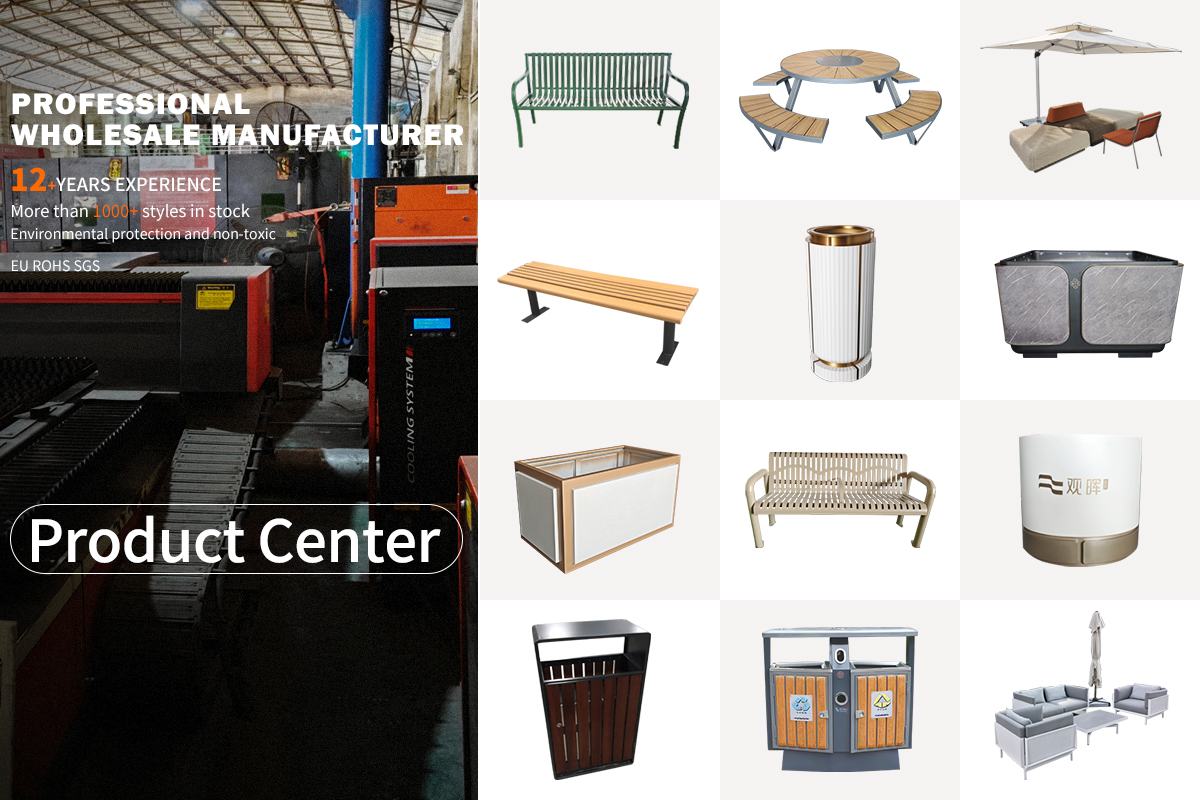When furnishing a beachfront lanai dining area, selecting the right materials is crucial to ensure longevity, comfort, and style. Coastal environments expose furniture to salt, humidity, and intense sunlight, so durability and weather resistance are key. Here are the top materials to consider:
1. Teak: Naturally resistant to moisture and insects, teak is a classic choice for coastal settings. Its rich golden hue weathers beautifully to a silvery-gray patina.
2. Marine-Grade Polymer: Lightweight and impervious to rust, fading, or warping, this synthetic material mimics the look of wicker without the maintenance.
3. Powder-Coated Aluminum: Rust-proof and sturdy, aluminum frames with powder-coated finishes offer sleek designs and vibrant color options.
4. Stainless Steel: Ideal for frames and accents, stainless steel resists corrosion and pairs well with other materials like tempered glass or synthetic rattan.
5. HDPE (High-Density Polyethylene): Recyclable and UV-resistant, HDPE lumber is perfect for eco-conscious homeowners seeking low-maintenance, durable furniture.
For cushions and upholstery, opt for Sunbrella or other marine-grade fabrics that repel water, resist mold, and withstand UV rays. Combining these materials ensures your lanai dining area remains stylish and functional, even in harsh coastal conditions.


